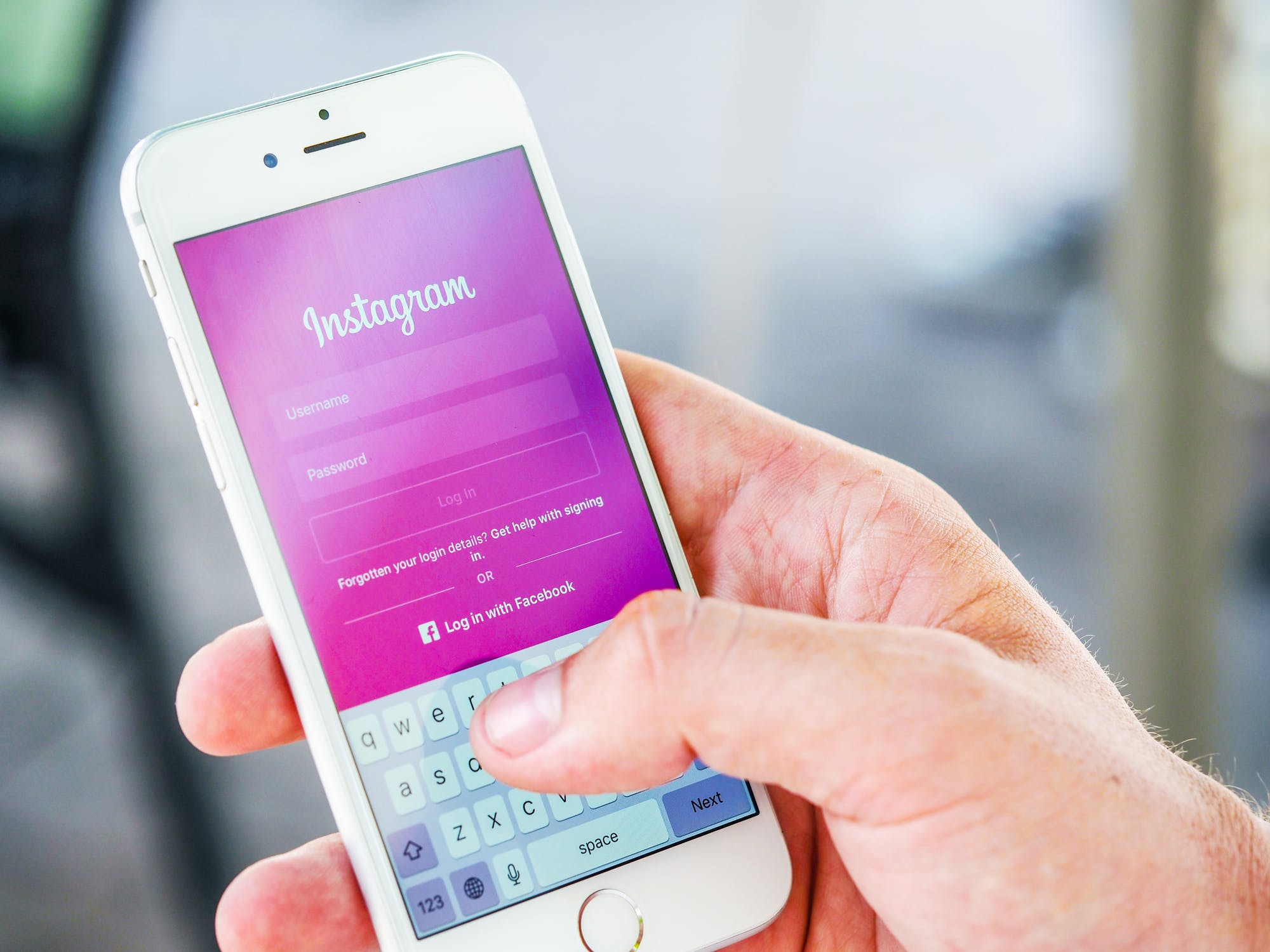Being able to increase or decrease the brightness of our smartphone and tablet displays is something many of us do a lot. When we need to adjust the brightness of our screen, it’s usually something we want to do quickly so let me show you how to do this by swiping the status bar with Xposed Framework.
Having quick access to making our screens brighter or dimmer can be a very convenient feature to have. For this reason, there are a number of OEMs who include the brightness slider right in the Quick Settings panel. Unless you use the two-finger gesture, this takes two swipes to fully expand.
So there are a few OEMs who will actually include the screen brightness slider right above the notification shade which is accessed with a single one finger swipe.
This is definitely an ideal way to implement the feature so it can be accessed quickly and tucking it away when it isn’t needed. Gestures have proven to be even more convenient for those who want to learn them. Today’s gesture will actually let you adjust the screen brightness by sliding your finger or thumb across the status bar. Swiping to the right will increase the brightness while swiping to the left will decrease the brightness.
This is possible thanks to Xposed Framework and the popular Xposed Module GravityBox. So once you have those two things installed and activated, you can proceed with this tutorial.
Swipe the Status Bar to Adjust the Brightness
- Launch the GravityBox application
- Tap the Statusbar Tweaks option
- Scroll down to the bottom
- Tap the Enable Brightness Control to enable the feature
- Tap the Home button to go back to the Home Screen
- Test out the feature by swiping across the Status Bar
Explanation
As many of you have noticed, I’ve been covering a lot of Xposed Framework tweaks lately as I feel it can be useful to provide a repository of all the things we can do with it. This way, even if you have never installed it before you can go through the Xposed Framework category here and read up on all the things we can do with it. Installing Xposed Framework these days is easier than ever and the process to install an Xposed Module hasn’t changed.
So once you have Xposed Framework installed and the GravityBox Module activated, we can proceed with this tutorial. Go ahead and open up the GravityBox application from the Home Screen or the App Drawer. This gives you a list of different categories but we’ll be ignoring them all except Statusbar Tweaks. Tap this option and you’ll be given another list of categories for tweaks that pertain to the Status Bar, and a number of individual tweaks at the bottom.

We want to scroll all the way to the bottom until you see the Enable Brightness Control option. There’s a checkbox to the right of that option and by default it will be empty. Tap it to put a little check mark in it and this enables the feature instantly. From here we can either go ahead and test it out or tap the Home button to exit GravityBox. What you do here is up to you but when you’re ready you can go ahead and swipe your thumb or finger across the Status Bar.
As mentioned, swiping to the left will decrease the screen brightness while swiping to the right will increase the brightness. Now, you will see the Notification Shade appear while you’re doing this swiping gesture but you can just ignore it. When you’re at the desired screen brightness level, just lift your finger or thumb and you’re done. So while this feature is active you’ll always have the ability to instantly adjust the display brightness with a simple gesture.




